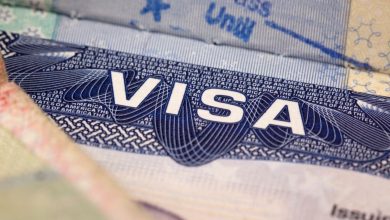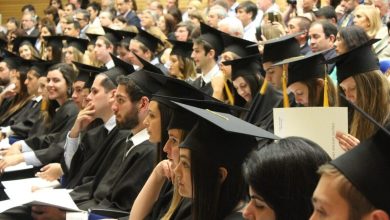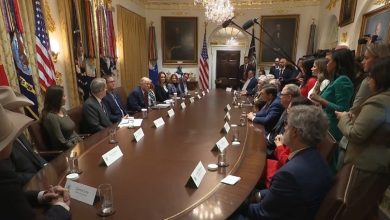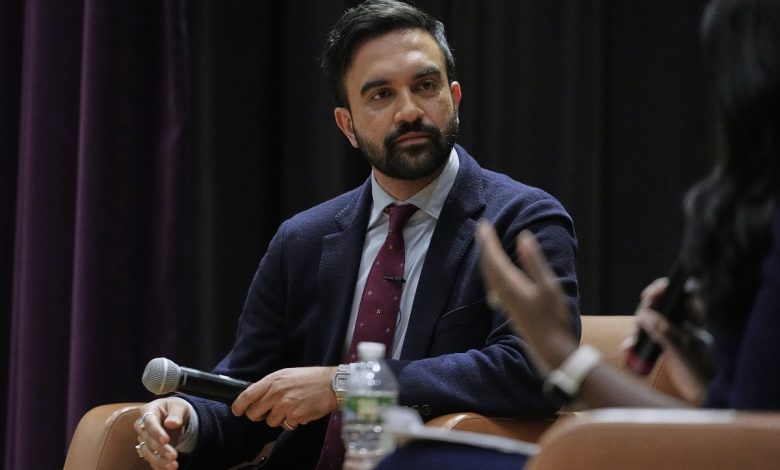
The recent Democratic primary victory of Zohran Mamdani, a progressive Muslim candidate of South Asian heritage, in the race for New York City mayor has stirred a powerful mix of hope and backlash. His win marks a watershed moment for inclusive politics in the U.S., yet it has also revived the deep-seated Islamophobic anxieties that have long shaped American public life.
Rather than being celebrated solely as a triumph of representation, Mamdani’s candidacy has triggered a resurgence of fear-driven narratives, echoing the infamous controversy surrounding the “Ground Zero Mosque”. Just as the Park51 Islamic center near the World Trade Center became a symbolic battleground over national identity, Mamdani’s presence in the political sphere has been treated not as civic participation—but as a provocation.
Islamophobia as Structure, Not Just Sentiment
Mamdani’s campaign focused on housing justice, economic equity, and police accountability, issues that transcend religious or ethnic boundaries. Yet the reaction to his win has not centered on his policies, but on his Muslim identity. Accusations of antisemitism, references to “Sharia law,” and warnings of cultural incompatibility immediately emerged—familiar tropes in the Islamophobic playbook.
This is not simply about bigotry or hate crimes. As scholars like Salman Sayyid and Jasmin Zine argue, Islamophobia functions as a “regime of truth”—a structured system of exclusion, reinforced by media, policy, and institutions. Muslim identity in American politics is consistently hyper-visible, yet that visibility is weaponized to frame Muslims as threats to national values.
From Park51 to Mamdani: The Recurring Narrative
The parallels between the Park51 debate and the Mamdani backlash are striking. Both moments reflect a refusal to accept Muslim visibility in positions of power as normal or legitimate. Instead, that visibility becomes a site for scrutiny, distortion, and political fear-mongering.
Mamdani’s image has already been distorted online, with some users calling for his arrest or deportation—absurd yet revealing reactions that reflect how Muslim political agency continues to be treated as dangerous or un-American.
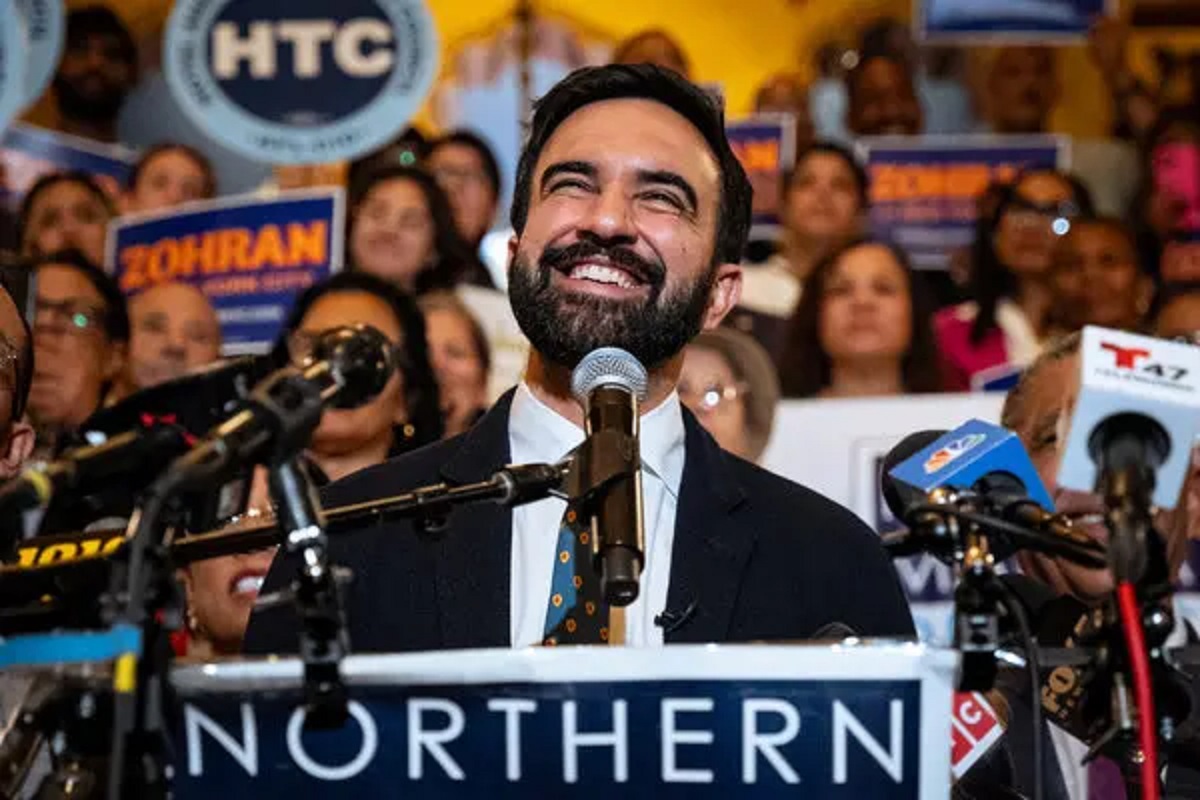
A Cultural Reckoning, Not Just a Political Moment
Mamdani’s win should be seen as more than just an electoral event. It is a cultural flashpoint, surfacing long-buried contradictions in American liberalism: the celebration of diversity alongside the disciplining of difference. The Islamophobic social imaginary—a set of cultural meanings that define Muslims as alien or threatening—continues to dominate public discourse, especially when Muslim figures gain visibility.
As Sayyid writes, a Muslim who speaks politically is not seen as participating in democracy, but as disrupting it. Mamdani’s campaign disrupted those frames, offering instead a vision based on solidarity, interfaith coalition, and shared struggle.
Conclusion: Hope in the Face of Hysteria
Despite the onslaught of Islamophobic narratives, Mamdani’s victory remains a beacon of possibility. It demonstrates that young, diverse, progressive coalitions can reshape American politics. But it also lays bare the unfinished work of dismantling the deeply embedded fears that continue to mark Muslims as outsiders.
True inclusion won’t come from one election. It requires confronting and transforming the social imaginaries, media structures, and political institutions that still define who gets to belong—and who is treated as a perpetual threat.

